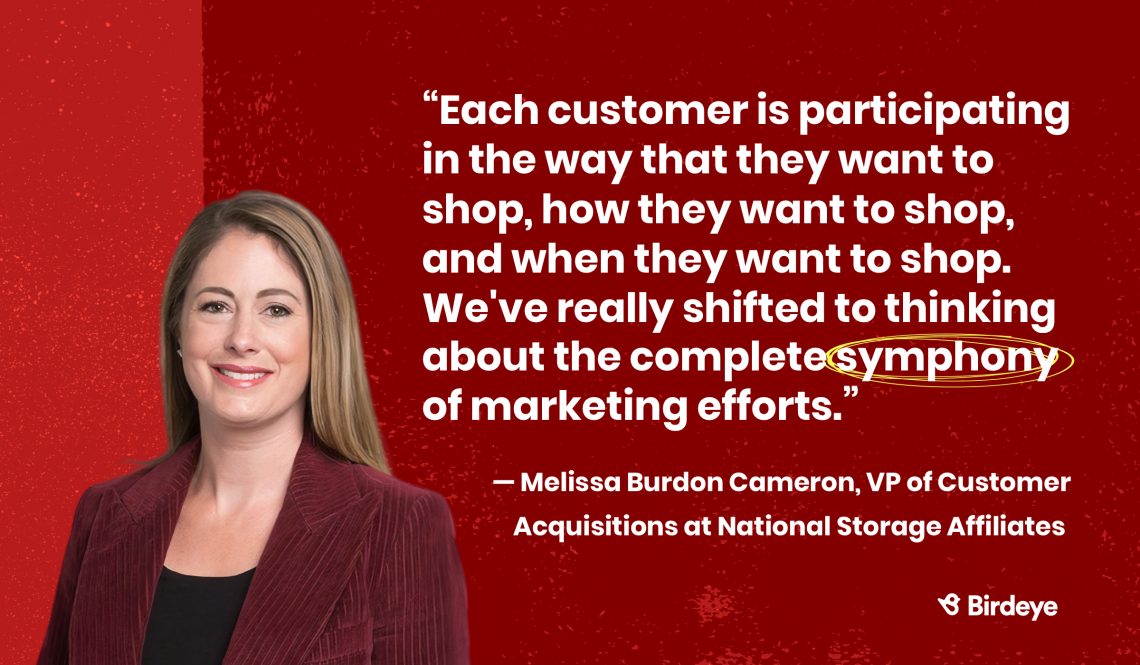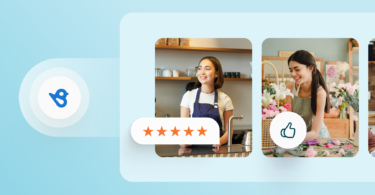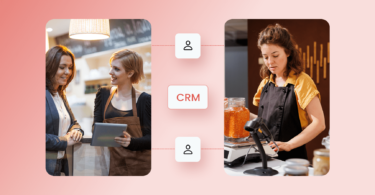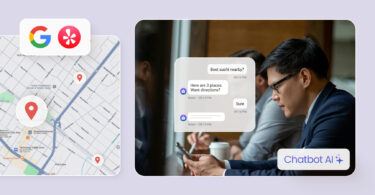The sheer number of digital touchpoints that are now available to consumers today means there’s no sure-fire way to know precisely how people discover your products — or what they’ll do next. A customer can discover your business through review sites, social media, or search engines. Thousands of touchpoints could be used in multiple combinations to create hundreds of unique consumer journeys, all for the same, single product.
In today’s environment, every marketer needs to ask themselves a question: how can we ensure that potential customers are motivated to move forward in the customer journey across all of these different touchpoints?
We decided to sit down with someone we knew could provide insight on this issue. Melissa Cameron, VP of Customer Acquisitions at National Storage Affiliates, broke down for us how her team has made digital experiences part of her “marketing symphony”.
Just to get started, tell us a little bit about National Storage Affiliates and what a typical customer journey looks like.
We’re a publicly-traded company in the self-storage space. We have a little over 750 storage properties and they are represented by 12 different storage brands.
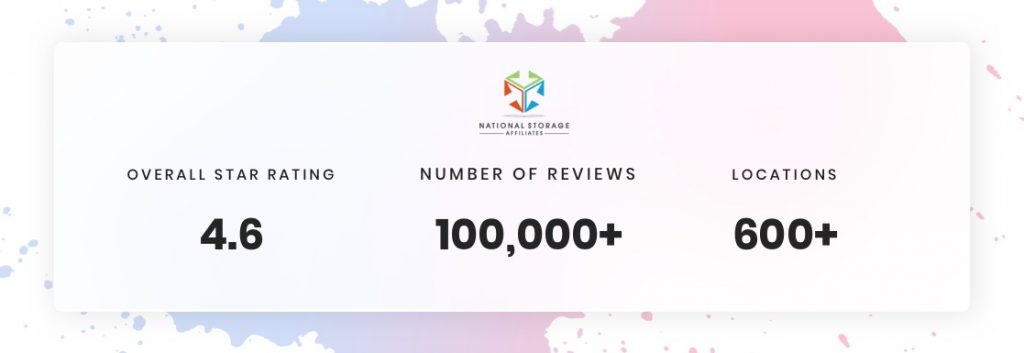
The typical customer journey starts with a life transition that causes a need for storage. They’ll usually discover us through a Google search or some kind of digital experience. It’s rare they find us just by driving by.
You’ve probably noticed a lot of changes in the digital marketing environment over the past few years. Why do you think that so many marketers have shifted their focus from paying for digital ads to online reputation management?
There is not a single linear experience for the customer. They are each participating in the way that they want to shop, how they want to shop, and when they want to shop. Recently, we’ve shifted our focus to the complete symphony of marketing efforts. Really, it’s beyond just traditional marketing channels. It’s about customer experience and meeting the customer where they are.
It’s not that we’re not doing digital advertising. It’s just not the end all be all for us like it was a decade ago. Now, we’re really focusing on the other aspects of that customer journey and helping customers move through their buying process effectively.
Recently, we’ve decided to spend more time and effort on reputation management. It has become a very important part of our symphony, even more so this year. After all, customers are going to compare our reviews to our competitors’ reviews in terms of both count and quality.
Something you mentioned was the symphony of marketing efforts. How do your marketing and operations teams work together at National Storage?
You have to break down the silos for everyone that is going to help the customer through their buying journey and their customer lifecycle. We’ve changed the structure of our team to better achieve this goal. Before, my title was VP of Marketing, and now it’s VP of Customer Acquisitions. Now, my team isn’t just Marketing, it also includes the folks in Pricing and the Call Center.
Together, we are a bigger symphony beyond just marketing symphony. We do drive acquisition, which in our case looks like a new rental. As soon as that rental happens and somebody shows up at the store, then there’s this baton handoff to make sure that the operations team is continuing that seamless journey.
For instance, both the marketing team and the operations team have partnered to drive reviews. A store employee will be there at move-in to ask for a review. On the other side of the coin, marketing is sending out review solicitations through text messages and emails. So we’re talking to each other and mapping out the customer journey and asking questions like “OK if you’re doing this at the point of rental, when is the right time to send the email and the right time to send a text?”
You’re very invested in extracting the insights and data from those online reviews, to help your internal operations and your marketing. Do you happen to have any good examples of what you found in doing this?
We send out a monthly report to the entire operations team to let them know how they’re doing with their star rating, with the review count, etc. That creates a nice, healthy competition among the stores. It has also led to a higher volume of new reviews and a boost in our overall star rating.
Reporting is important for that reason, but it’s also important from a social listening standpoint. So if you’re keeping track of some of the positive and negative themes that are happening from these reviews, then you can learn and evolve. I have a couple of examples of this. One is we were getting a lot of positive reviews around our online rental system, which enables tenants to do an end-to-end rental online. It was a great feedback loop that helped to validate the system for our team.
On the other side of the coin, there’s negative feedback. If there is a store that continuously is getting negative reviews around customer service, it’s usually something that we can escalate to our operations teams. Perhaps there’s an issue with a particular store and employee customer service at that store and there’s something we can do about it.
Did your approach to marketing, to your prospects and even to your existing customers, change over the course of the past year because of the pandemic?
It has to a certain extent. Even before COVID, people were already moving towards wanting a full self-serve experience. For instance, big companies like Starbucks give customers full online mobile ordering and the option to show up and easily pick up whatever they ordered within a physical store. The truth is these companies are setting expectations for the rest of us now.
In general, the pandemic has escalated the need for the self-serve experience. We were lucky enough to have launched our online rental system before the pandemic hit. It was kind of perfect timing. The traditional method was actually to show up physically and sign your lease and pay in-store.
Recently, we’ve been challenging ourselves to think more broadly. After all, the customer journey is not beginning and ending with an online rental. When customers show up at a property, they have to open the gate and they need to be able to find their storage unit easily in a storage facility that feels like a maze. So that means we needed to provide a seamless and simplified experience, both from a digital and physical standpoint.
Want to start conducting your own marketing symphony?
Looking to get started conducting a marketing symphony across physical and digital touchpoints? Check out our complete guide to Experience Marketing to find out how you can make each one of your locations the obvious choice online.

Originally published
